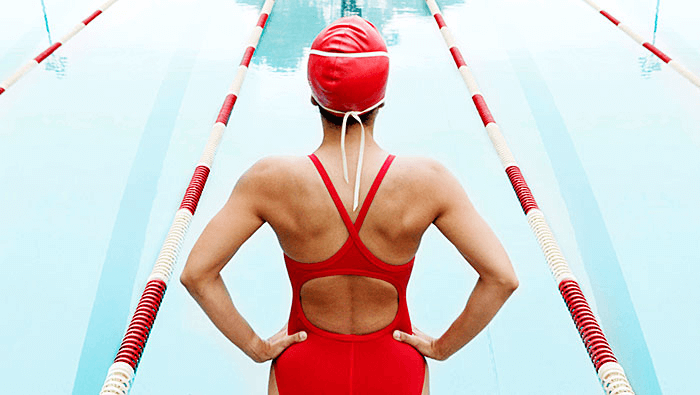Physical Inactivity and Heart Disease in Women

Couch potatoes, there’s no easy way to put this. So here goes: Being sedentary could kill you. It’s time to get moving.
You’ve probably heard this before, but a lack of physical activity comes with great risks, including blood clots, high blood pressure, heart attack, stroke and other heart-related problems.
Plus, becoming more active can lower your blood pressure by as much as 5 to 8 mm Hg, which is the same reduction in blood pressure you can get from anti-hypertensive medications. Physical activity can also boost your levels of HDL cholesterol.
Getting up and moving can also improve your mood and overall mental well-being.
Becoming more active keeps the No.1 killer of women at bay by reducing heart disease by 20% and stroke by 40% in people who do regular moderate to vigorous activity. Not too shabby, right?
Aside from its heart health benefits, with a more physically active life you can look forward to:
- More energy.
- Less stress, tension, depression and anxiety.
- A better overall mood.
- An easier time falling asleep and sleeping soundly.
- Increased muscle strength and bone loss prevention.
- Delaying or preventing chronic illnesses and diseases associated with aging.
You don’t have to become a gym rat, just start moving.
Aim for at least 30 minutes of exercise daily, and you’ll be on your way to a heart-healthy life.
If you think about it, 30 minutes isn’t a lot. So instead of spending your free time in front of the TV, get up and get moving. One study found that middle-aged adults who were more active during their leisure time had lower levels of indicators of inflammation. And people with less inflammation tend to a have lower risk for heart disease.
Physical activity is anything that makes you move your body and burn calories, such as housework, gardening, jogging, bicycling, playing tennis, walking the dog or dancing. It doesn’t have to feel like a chore.
If you’re new to exercise, try moderate forms of physical activity such as brisk walking. You can also incorporate small changes into your daily routine like taking the stairs instead of the escalator or elevator. Every little bit helps.
Increasing your physical activity is important, but it’s also important to talk to your health care professional about the intensity of your workout, especially if you are a heart disease survivor.
To learn more, visit our Go Red Get Fit section where you can get tips to help you incorporate more physical activity into your daily life.






